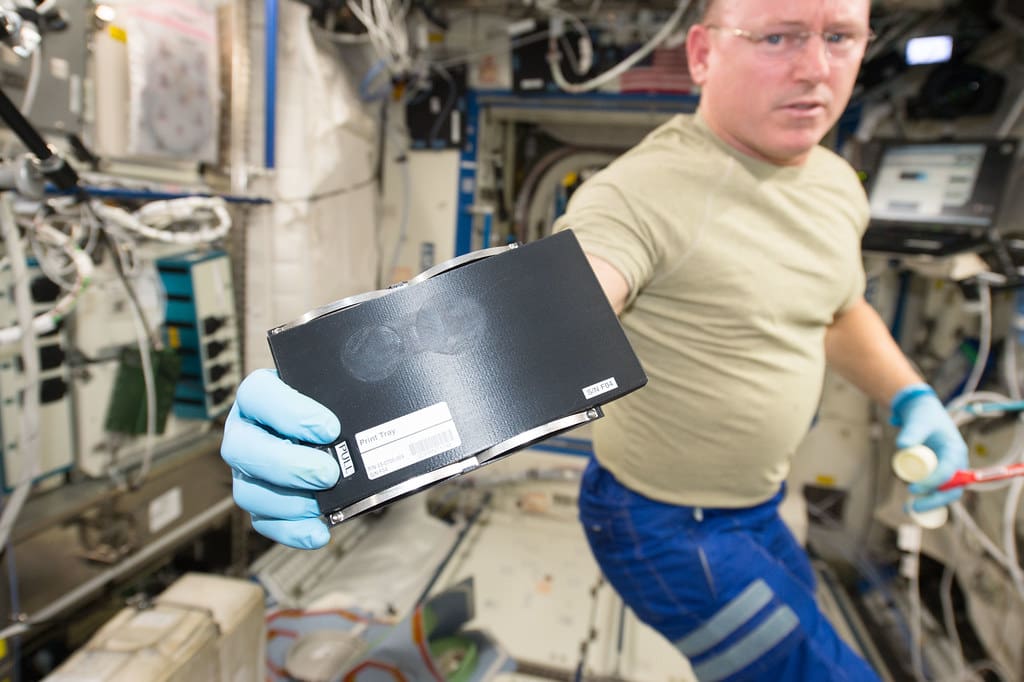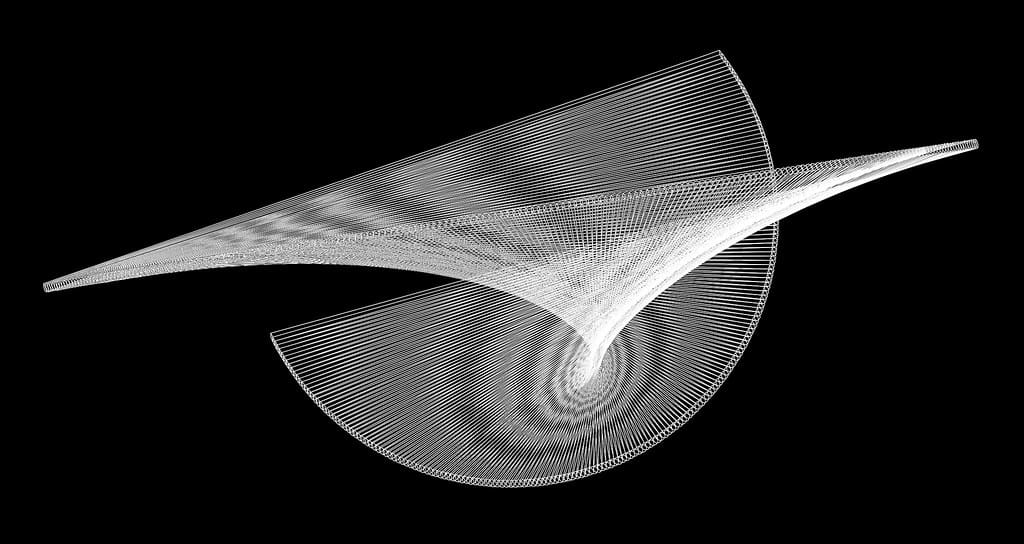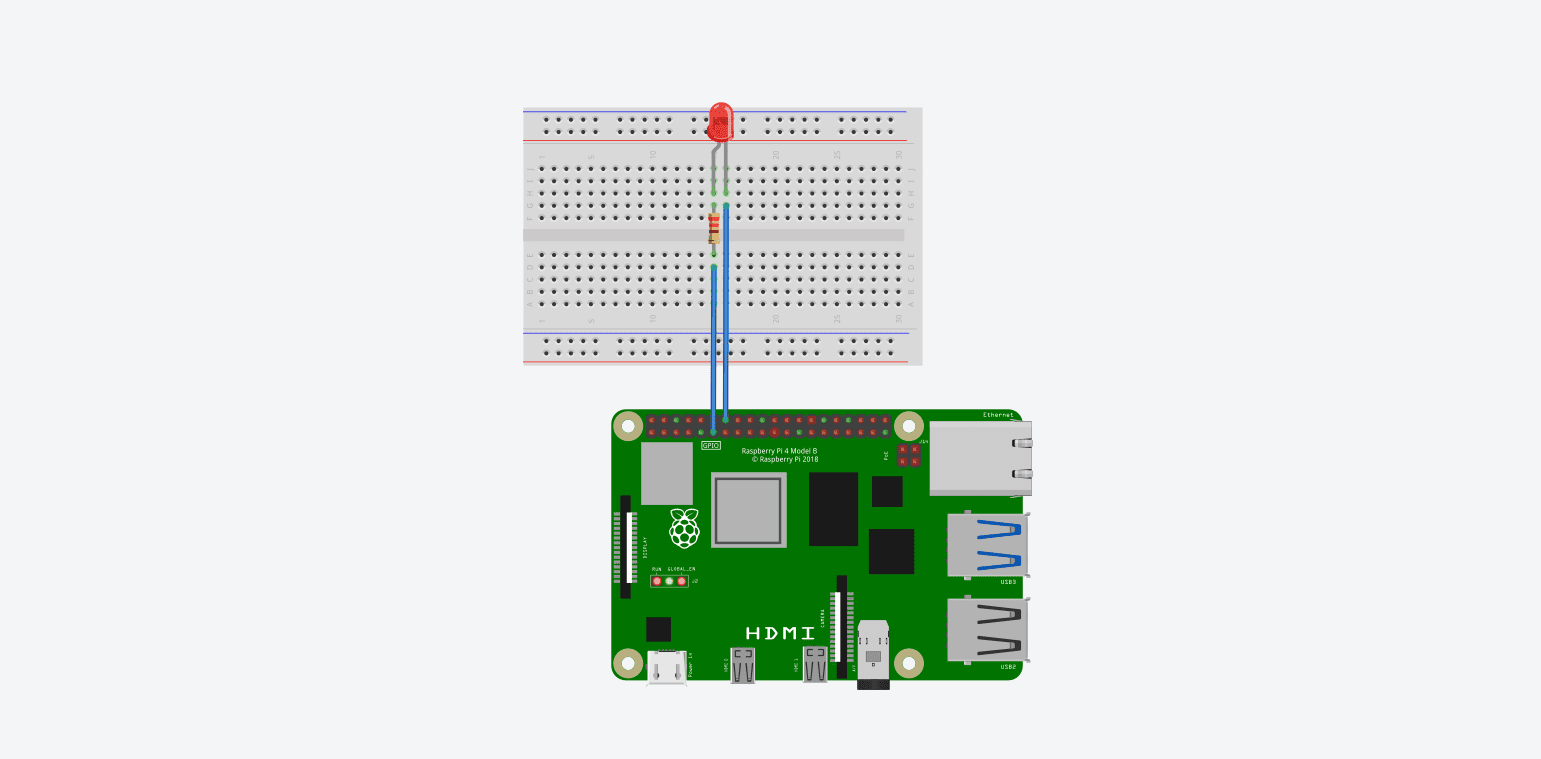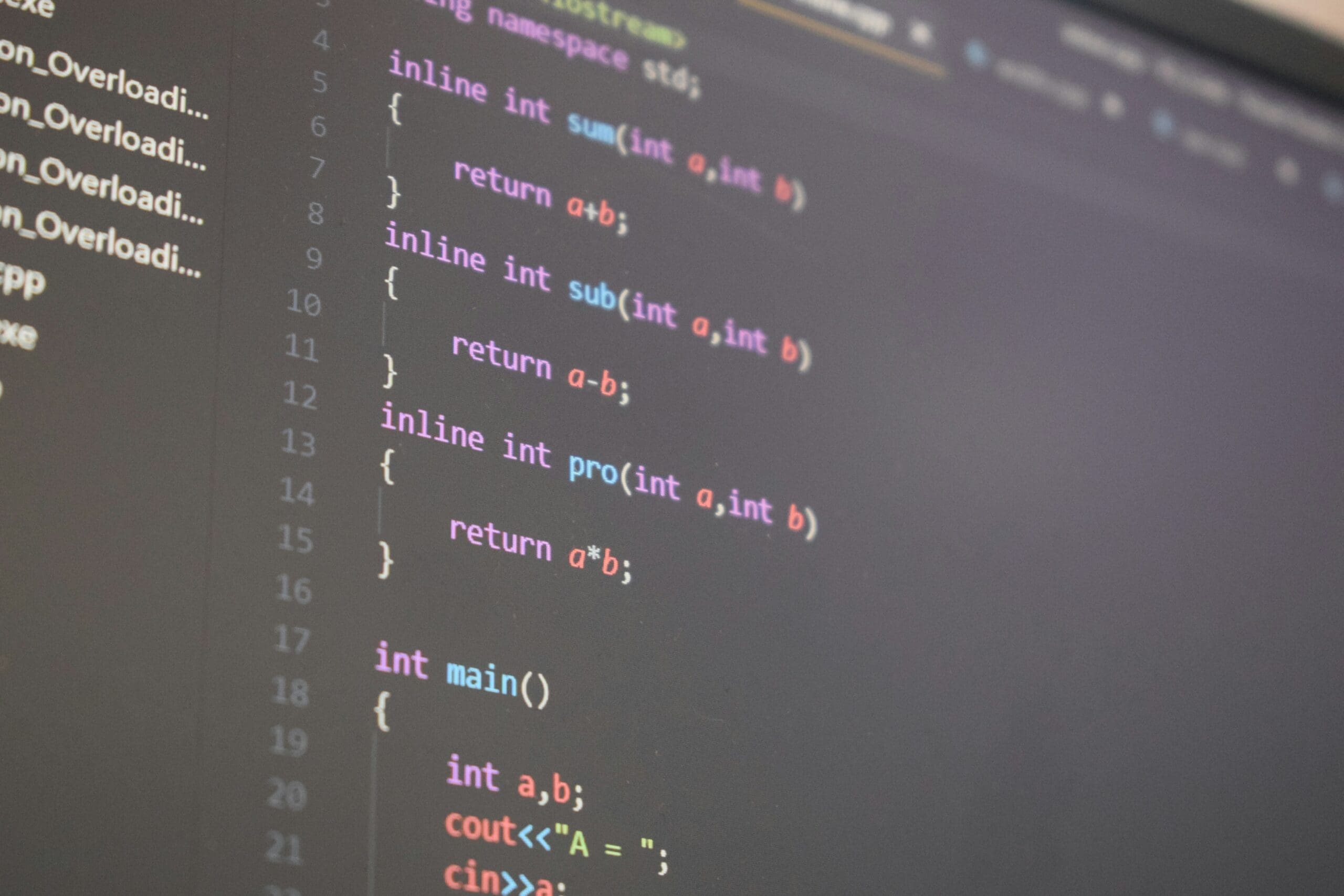Component engineering is a discipline focused on the design, development, and implementation of specific parts or components that make up a product or system. In industries ranging from electronics to automotive and aerospace, component engineers strive to optimize parts for performance, cost, and reliability. 3D printing, or additive manufacturing, has emerged as a transformative technology in this field, enabling unprecedented flexibility and innovation in component design and fabrication.
The Emergence of 3D Printing in Component Engineering
Initially popularized for its prototyping capabilities, 3D printing has evolved to become a core technology in component engineering, capable of producing end-use parts and complex components that are difficult or impossible to make with traditional manufacturing methods. The technology’s ability to layer materials precisely allows for the creation of components with intricate internal structures and optimized geometries that enhance functionality and performance.

Advantages of 3D Printing in Component Engineering
Design Freedom and Complexity: 3D printing offers unparalleled design freedom, allowing engineers to create components with complex geometries, integrated functionality, and lightweight structures through topology optimization. This level of complexity can be achieved without the need for additional tooling or assembly, reducing production steps and costs.
Rapid Prototyping and Iteration: The speed at which prototypes can be produced and iterated is significantly enhanced with 3D printing. Engineers can test and refine designs quickly, accelerating the development process and reducing time to market.
Material Efficiency and Sustainability: 3D printing is inherently more material-efficient than subtractive manufacturing processes, as it only uses material where it is needed, minimizing waste. This efficiency not only cuts costs but also aligns with sustainable manufacturing practices.
Customization and Scalability: Additive manufacturing allows for easy customization of components without impacting the manufacturing process’s complexity or cost significantly. This is particularly beneficial for producing low-volume, high-value components in industries like aerospace and medical devices.
Key Applications of 3D Printing in Component Engineering
Aerospace Components: In aerospace, 3D printing is used to produce lightweight components that reduce overall aircraft weight and increase fuel efficiency. Parts such as brackets, housings, and even more critical components like turbine blades are now being fabricated using advanced metal 3D printing technologies.
Automotive Parts: The automotive industry utilizes 3D printing for both prototyping and production. Customized parts such as dashboard components, fixtures, and even entire car chassis are being printed, offering manufacturers the ability to produce lighter and more complex designs that contribute to vehicle performance.
Medical Devices: In the medical field, component engineers use 3D printing to create customized prosthetics and implants tailored to individual patients. This customization ensures better fit, comfort, and functionality, improving patient outcomes.
Electronics: 3D printing enables the production of complex electronic housings and components with precise, conductive paths. It’s also used for creating fixtures and enclosures tailored to house electronic assemblies in consumer electronics, robotics, and more.

Challenges in 3D Printing for Component Engineering
Material Properties: Finding materials that can meet the stringent requirements of end-use applications, especially in terms of strength, temperature resistance, and durability, remains a challenge.
Quality and Consistency: Ensuring the consistency and quality of 3D printed components across batches can be difficult, particularly when scaling up production. This variability can be a significant hurdle in industries requiring high reliability, such as aerospace and automotive.
Technical Expertise: The successful implementation of 3D printing in component engineering requires a deep understanding of both the technology and material science. Engineers must be adept at designing for additive manufacturing to fully exploit the technology’s capabilities.
Regulatory and Certification Issues: In industries like aerospace and medical devices, components must meet rigorous regulatory standards. Achieving certification for 3D printed parts can be complex and time-consuming.
Future Directions in 3D Printing for Component Engineering
Advancements in 3D printing technologies continue to expand their application in component engineering. Future developments may include new materials with enhanced properties, improved printing techniques for higher accuracy and speed, and the integration of AI to optimize designs and manufacturing processes further.
3D printing is set to continue its transformative impact on component engineering, driving innovations that enhance product functionality, reduce manufacturing costs, and shorten development cycles. As the technology advances, it promises to unlock even greater potential in the design and production of complex components, reshaping industries and enhancing the capabilities of engineers across various sectors.








